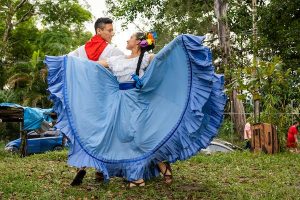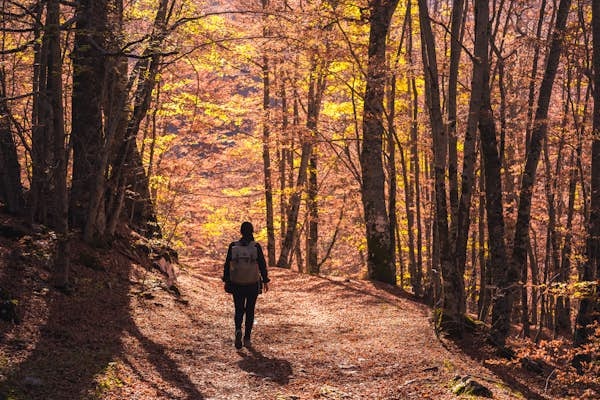
In Rome, tourists swarm into the ruins of ancient temples, jostle for selfies and stand in line for restaurants. But just two hours away, the hills and valleys are empty and the only wait you have is in hope for a sight of an elusive bear or wolf. This is Italy’s Abruzzo National Park, a triumph of conservation and rewilding in both Italy and Europe.
In the entirety of the Abruzzo region – of which the national park is only a portion – just 1.3 million tourists visited in 2021, with far less making the journey from Abruzzo’s gorgeous coastline inland to the park. The result is that outside the high summer season, it’s completely possible you might hike for the day without passing anybody else.
Here are the best things to do in Abruzzo National Park.
Make the most out of every adventure with help from our weekly newsletter delivered to your inbox. 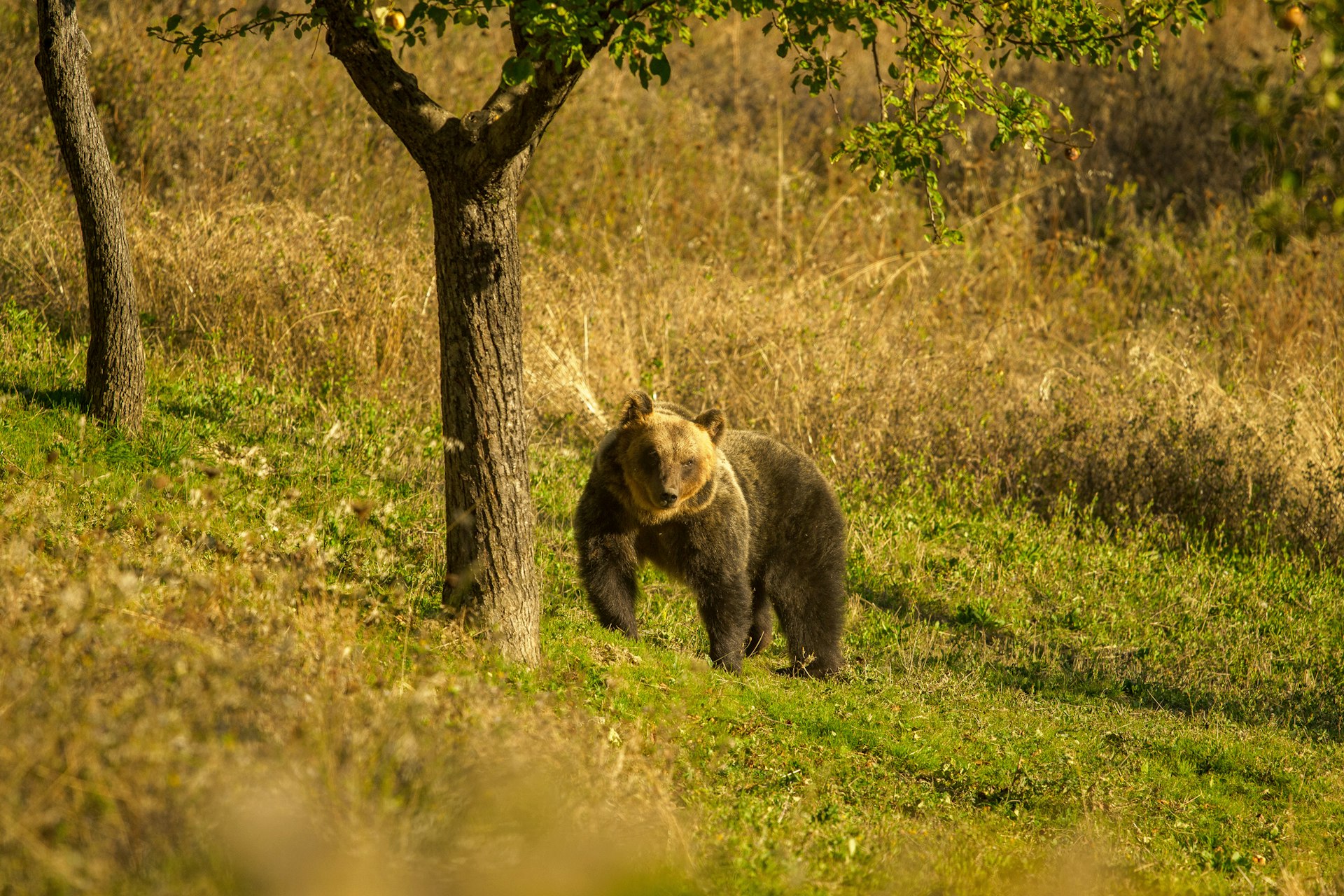 Bears are iconic in Abruzzo National Park © alessandrobaldetti / Getty Images
Bears are iconic in Abruzzo National Park © alessandrobaldetti / Getty Images
Look out for the local wildlife: bears, wolves and deer
Abruzzo National Park is one of the best places in Italy to spot large animals and makes a strong contender for the best in Europe. When it comes to advertising the park, however, there is one superstar and that’s the Mariscan brown bear. Smaller and less aggressive than their fearsome North American counterparts, they are literally the icon of this area, appearing on the park logo and on statues in Pescasseroli, the main town of the park.
Walking with my guide Andreas from Wildlife Adventures, he described the park as a “heaven for bears” thanks to an abundance of good food. They can be difficult to spot due to being largely solitary creatures but evidence of them is everywhere if you know where to look. Over the course of five days, Andreas regularly pointed out tree trunks that were used by bears to rub against, finding hairs still trapped in the wood.
A slightly more contentious inhabitant of the park is the Italian wolf. There are many farmers in the region that dislike sharing space with them. We met a local farmer who lost cattle due to wolves and even pointed out a calf who was still recovering from painful injuries sustained from a wolf attack. But the wolves are a huge draw for people. For many visitors, especially from urban areas, Andreas said they tend to view wolves almost as puppies. Despite his own deep love of the animals, he takes a more neutral standpoint: “I think the truth is something in between.”
Recent reports say the wolves are not showing as much fear around humans as they were before, something of a “shifting point in their attitude towards us”. There was even a biting incident recently near the Abruzzo coast after a tourist cornered a wolf. However, the biggest problem is often other humans, in particular the desire to get close to get the “perfect” picture. If people are lucky enough to spot the wild animals one day, they will often tell their friends who come back and, perhaps, take more risks in order to get the same experience.
Despite the long days and good weather, it can sometimes be more difficult to see wolves in the summer because the pack splits while in winter they travel together. The last intensive survey of wolves in the park estimated there to be about 10 packs, with between 60 and 70 wolves in total.
Still, there is no shortage of animals to see. When I visited, we were lucky enough to be treated to two spectacular displays of red deer in the early mornings. The males bellowed loudly, their noisy display the first step in warning other males against approaching some females in the area. Despite that, some persisted and the sight of them locking antlers in the early morning sun, at the side of a mountain, was spectacular.
The best time to go wildlife watching is very early morning or at sunset. While waiting, it’s a beautiful opportunity to slow down and really take in the landscape. And if you don’t spot anything? “That’s part of the game!”, jokes Andreas.
Want some help? Let Elsewhere plan your next trip
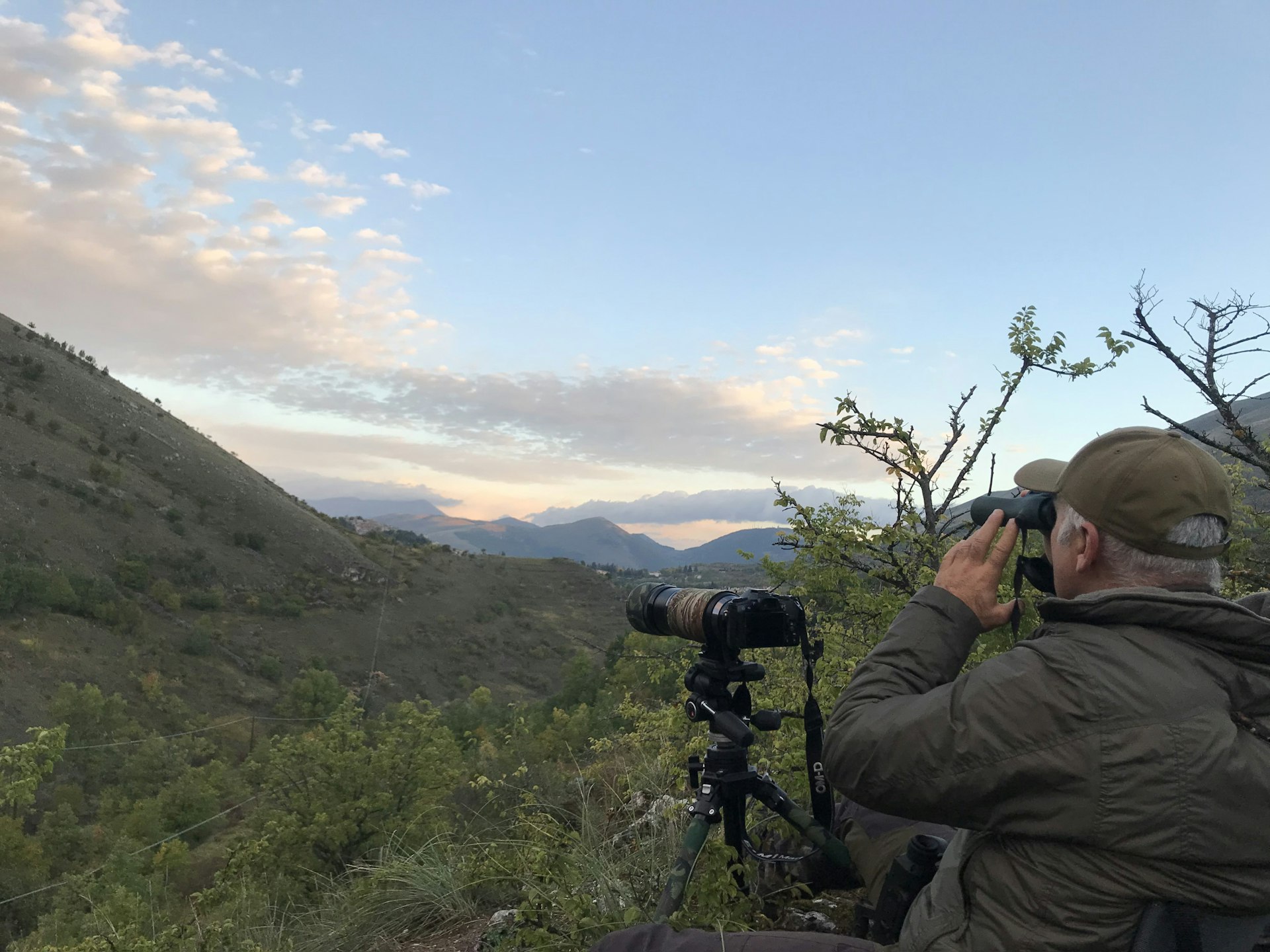 The forests of Abruzzo National Park are returning to their primeval state thanks to rewilding © AnneMarie McCarthy / Lonely Planet
The forests of Abruzzo National Park are returning to their primeval state thanks to rewilding © AnneMarie McCarthy / Lonely Planet
Witness a gradual rewilding during a rewarding hike
When not waiting for the animals, there are nearly 150 well-marked hiking trails for you to explore, covering an incredible 750km (466 miles) in total. If you’d prefer to not hire a guide, a full list of trails is available on a map you can pick up from any local tourist office.
However, with a bit of expert help, you can more deeply appreciate the gradual rewilding of the park. Intensive forest management ended 50 years ago but the landscape is still feeling the effects of it today. Trying to optimize the land for agriculture meant plenty of space was kept between trees to ensure there was enough shade for grazing animals, as well as space for them to eat. Now the trees are gradually closing the gap and Andreas estimates that maybe in 100 years, without intervention, it will resemble a primeval forest once again. Beech tree woods cover about 60% of the park today.
In the meantime, it is a joy to trek through, spotting the slow re-encroachment of nature, imagining what it might have been like in the past and what it may look like again. Even the fallen or dead trees are left here to add to the ecosystem, fungus and seeds appearing on them like mini-universes. Good mushrooms often appear when trees are about to die. Bring your attention and slow down to really take in all these details.
Stay in a mountain hut
We spent one night in Rifugio Terraegna, a hut high up in the mountains that can accommodate groups of up to ten people. With comfy beds and some limited electricity from solar power, it has everything you need for a short stay and our host Valeria cooked a delicious three-course meal, with some organic local red wine also available to purchase. Afterwards we all told stories about some of our favorite moments in nature, one that brought a touch of magic to our lives.
There are plenty of rifugios (refuges or shelters) dotted around the park with varying degrees of luxury. Booking ahead is recommended.
Indulge in Abruzzo’s local cuisine
During your wild wanderings, you may sometimes forget you’re in Italy but you’ll certainly remember when it comes to dinner. Abruzzo is famous for hearty takes on Italian classics. The region is famous for lamb and the arrosticini sheep skewers are a local delicacy, although the meat will be used in any number of delicious dishes for your secondo, including agnello cacio e ovo (lamb covered in a lemon, egg and cheese sauce) or mutton stew. If you’re so inclined, everything is best washed down with some Montepulciano d’Abruzzo, the most famous wine of the region.
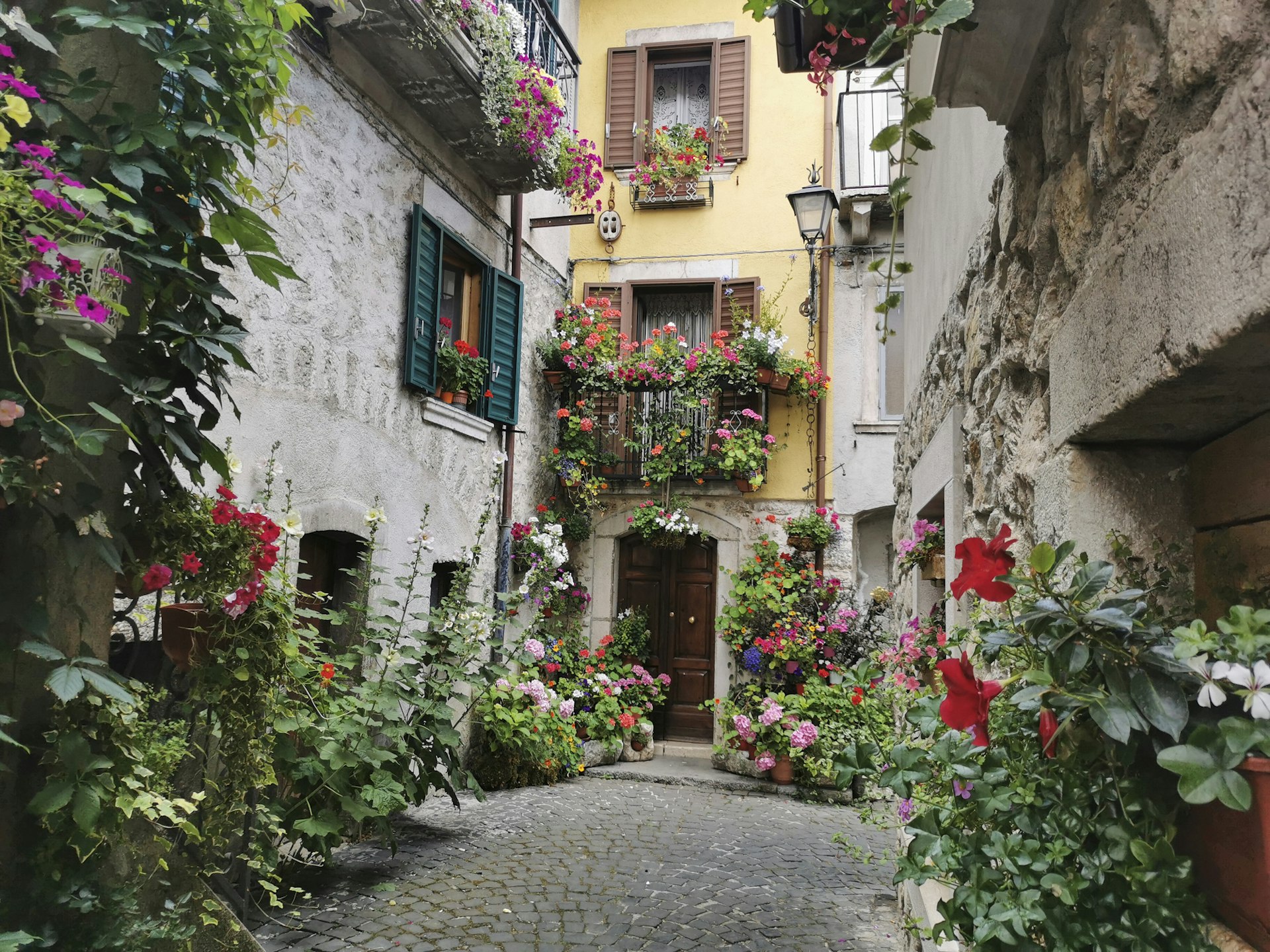 Pescasseroli is the main hub town of Abruzzo National Park © tanukiphoto/ Getty Images
Pescasseroli is the main hub town of Abruzzo National Park © tanukiphoto/ Getty Images
Check out the Visitor Centre and sanctuary
Pescasseroli is the headquarters of the park and the Visitor Centre is a sanctuary for a couple of injured bears and other wild animals. A lot of the displays are only in Italian but at least you’re guaranteed to spot some animals if your wildlife-watching has been a bit disappointing. It’s not an essential stop but we passed a particularly wet afternoon there quite pleasantly and it was my only sighting of a bear in the park.
How to get to Abruzzo National Park and where to stay
Pescasseroli is the main town in the park and the most popular base to stay in if you want to remain within the park bounds. It has the most choice of accommodations and places to eat, as well as some charming lanes to explore in your downtime. If you want to stay near the coast and don’t mind a longer drive, Pescara is a good option.
It’s a two-hour drive from Leonardo DaVinci airport to Pescasseroli. It’s probably too long a drive – with far too many things to do – for a day trip but it’s certainly doable in a weekend trip from Rome (although you will certainly fill more days if you’d like to, particularly if you’re a nature-lover).
If you are traveling independently, a car is your best bet, both to get there and also to ensure you have full access to the beginnings of the trails and the best wildlife watching spots. There are bus connections from Rome via Prontobus to the town of Avezzano.
AnneMarie traveled to Abruzzo National Park on the invitation of Much Better Adventures.


